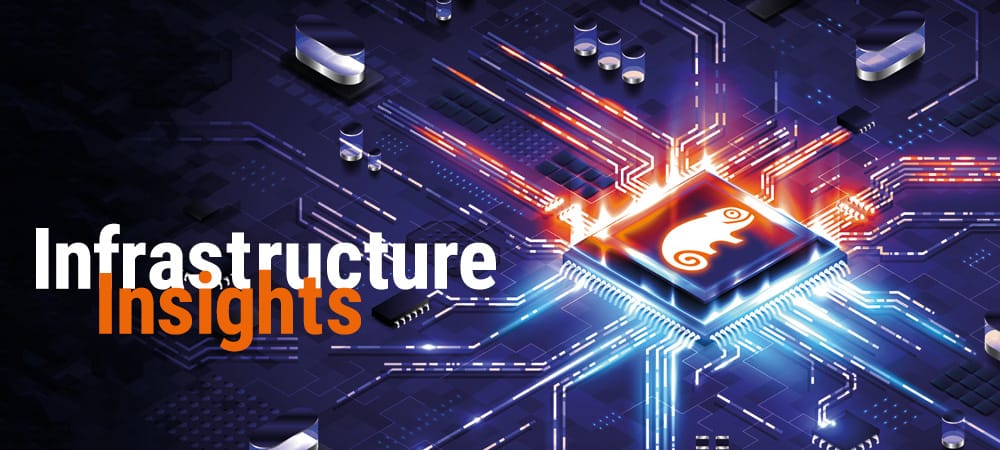ERP Metamorphosis

Many existing SAP customers are questioning the basic SAP paradigm: Does there have to be a central database in the sense of the old, three-tier client-server model? Does every piece of software have to come from the ERP world market leader SAP?
Given the technical and organizational possibilities, the answer to these two questions would have been a resounding yes just a few years ago. But computer science has moved on quickly: Distributed databases with blockchain technology are possible. Almost any combination of applications with container technology is no problem. Open source in hyperscalers is a given. Salesforce, Workday, Slack don't find it difficult to communicate with SAP systems.
From a meta-level perspective, ERP is undergoing a metamorphosis, driven by digital transformation. This development is positive for SAP's existing customers and the SAP community because it opens up new opportunities. But the development is also dangerous for SAP because it threatens the traditional business model with rigid licensing and multiple dependencies between IT tiers: Who needs Hana if they don't use S/4?
If you want S/4 Finance and Logistics, you also have to choose Hana and Linux. SAP could undergo a metamorphosis and rise like a phoenix from the ashes into a new ERP heaven. But will SAP manage to shed its legacy?
This much can already be said: In five years at the latest, i.e. well before 2030, SAP will have to transform itself under pressure from competitors such as Salesforce, Workday or Slack.






